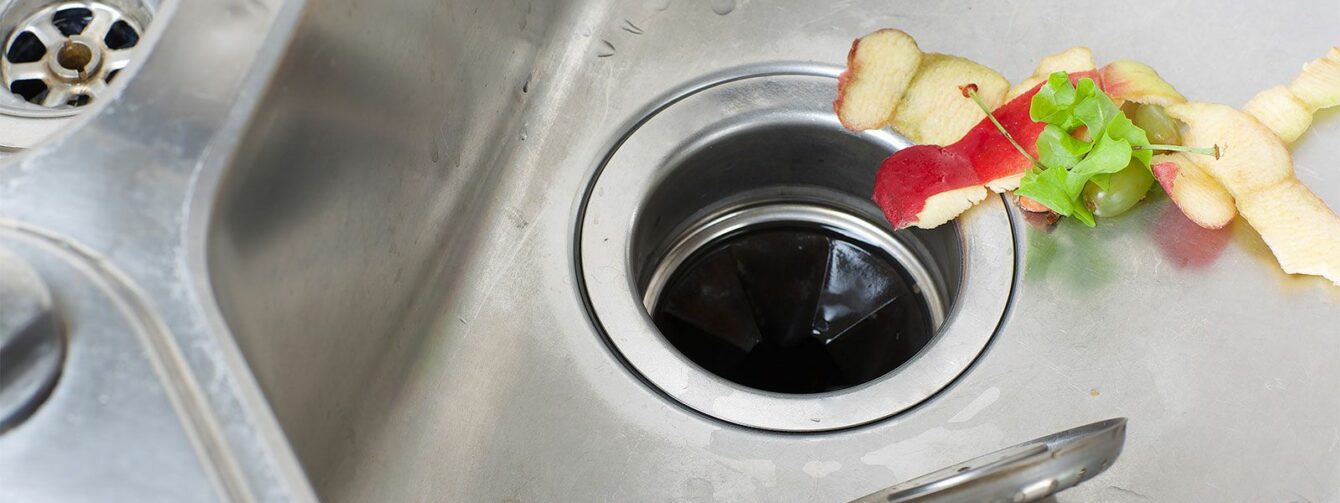A-B-C, it’s as easy as 1-2-3 for a 3-Way Light Switch! If you’re having trouble with these complicated electrical switches, we’re here to help. Follow these steps to replace a 3-way light switch. We are happy to bring the light back into your life!
O.K., So What’s A 3-Way Light Switch?
A three-way switch is used to control a light fixture or outlet that’s controlled by two switches. For example, say you have a light fixture in a hallway or entryway that’s controlled by switches at either end of the hallway or at the top and bottom of the stairs. Either switch can turn the light on and off.
Note: This kind of switch will turn the light or device on or off from either the up or down position. (It depends on the position of the second switch and which switch was last used to turn the light or device on or off.)
Installing a three-way switch is more complicated than replacing a single-pole switch, but it’s still a task that can be accomplished by a distinguished Do-It-Yourselfer, like you!
Beware! It’s important to keep in mind that electricity must be respected.
- Always turn off power to a switch or outlet at the electrical panel.
- Double-check the switch or outlet with an electrical tester to make sure the power is off.
- Don’t hesitate to call a qualified electrical contractor whenever you feel that you’re in over your head.
Also, be sure to have the right tools for the job. Don’t bother with bargain basement tools. Buy these tools from your local home center or hardware store:
- A good quality wire stripper
- Good quality needle nose pliers
- Good quality screwdrivers
- A good quality non-contact electrical tester
Notice anything about all those tools? They are all good quality! Remember, good quality tools allow for good quality handiwork. It’ll be like you have your own professional toolkit!
Note: Look for tools, such as screwdrivers, that are made for electrical work — they’re non-conductive to reduce the danger of getting shocked. (We don’t want you getting hurt!) For more complicated projects, you may want to invest in a voltmeter or multimeter.
Before We Dive In, Here’s Some Basic Information On Electricity.
A single-pole switch will have two wires going to it, a black “hot” wire and a white neutral wire. A three-way switch will have a black hot wire and two white neutrals.
Switches and outlets are wired in series with the electricity flowing to the devices through the black hot wire and returning to the electrical panel through the white neutral wire. That completes the circuit.
Hint: If you open up a cable box and find two sets of cables in the box, it means you’re in the middle of the circuit. If you open up a box and there are only two wires, that’s the end of the circuit.
A three-way switch uses an additional colored wire along with an extra terminal. This allows you to control a light or other device from two different switches.
Now, Let’s Get That 3-Way Switch Replaced!
1) Attach the black hot wire to the “common” terminal.
Hint: You can tell which terminal is the common one because it’s typically a different color (such as black) from the other terminals. The other terminals are called the “traveler” terminals.
The white neutral wire and another colored wire (such as red) attach to the other two terminals. Just like with a single-pole switch, there’s also a copper grounding wire attached to a green terminal.
Note: If you live in an old house and it looks like the electrician who wired it used whatever color wire was in the truck that day, you’ll have to find out which wire is the hot wire.
2) Turn the power off to the switch on the electrical panel.
3) Unscrew the wires from the switch
As an added safety precaution, be sure to cap all of the wires with wire nuts.
4) Turn the power back on at the breaker
After the power is back on, use your electrical tester to find the hot wire.
Pro Tip: You can mark it or label with a piece of tape so you know which wire it is.
Bonus Pro Tip! Another way to determine which wire is which is to remove both of the three-way switches. You’ll need an instrument called a multimeter for this.
Using your electrical tester, find out which wire is the hot wire on one of the switches. (That means the other two wires are the travelers.) Twist them together and cap them with a wire nut.
You’re looking for continuity, which indicates a complete circuit. Go to the other electrical box, set the multimeter to read continuity and, using the probes or alligator clips, attach them to the wires until you hear a tone from the meter. That indicates a complete circuit and it means that those two wires are the travelers.
By process of elimination, the remaining wire is the hot wire. Now that you know which wire is which, you can attach the new switch or switches to the wires.
Beware! Be sure that the power is turned off at the breaker. The black hot wire is attached to the “common” terminal, typically colored black. The other two terminals are brass. It doesn’t matter which traveler attaches to which terminal. As always, it’s good practice to attach the ground wire first.
Note: Unlike a single-pole switch, three-way switches don’t have an up or down or “On/Off” position, so the orientation of the switch in the box doesn’t matter.
5) Screw the switches into the box
6) Attach the cover plate
7) Turn the power back on at the breaker
8) Test both switches
If testing the switches goes as planned, then you’re back up and running! Well done, you pro DIY-er!
If for some reason following these steps didn’t work the way it was supposed to, don’t worry! Give GEM a call and we will be happy to get you back on track.





